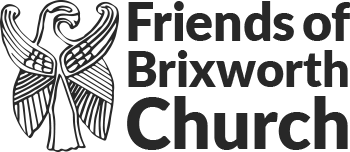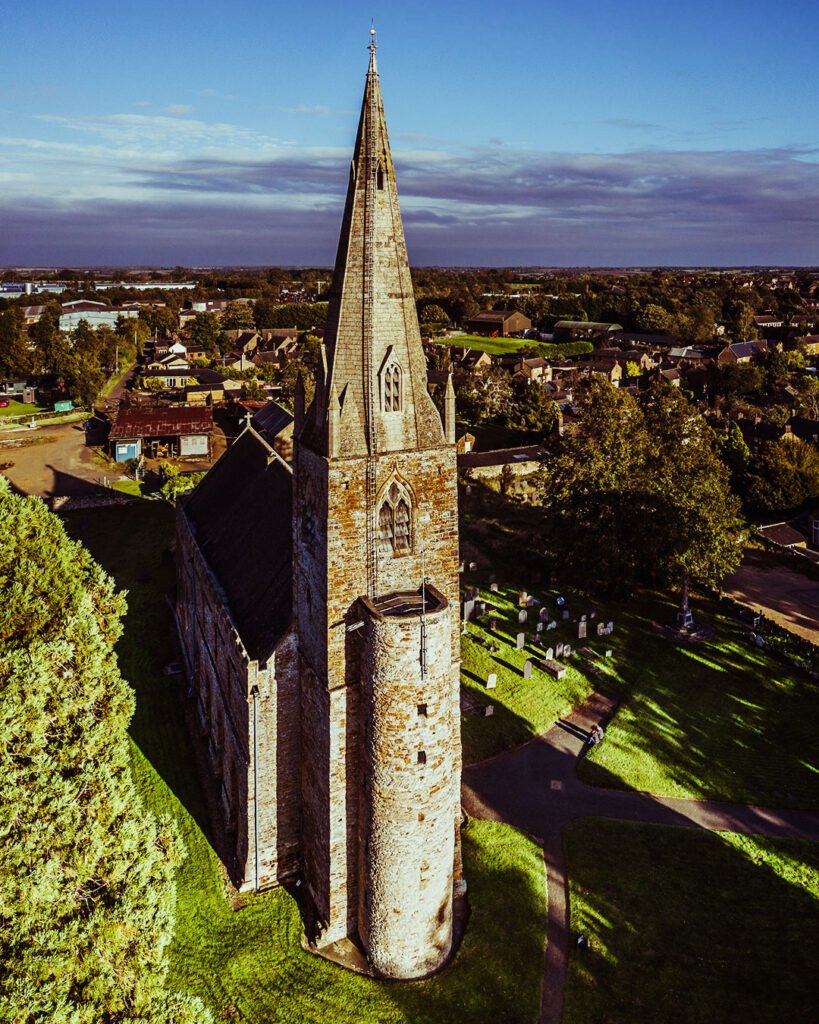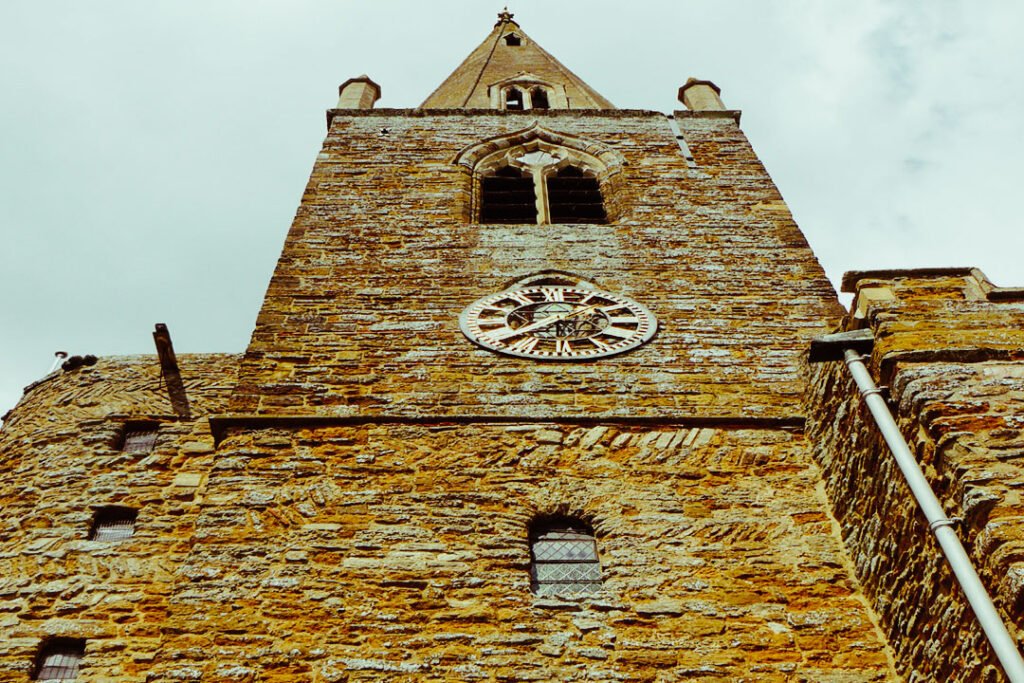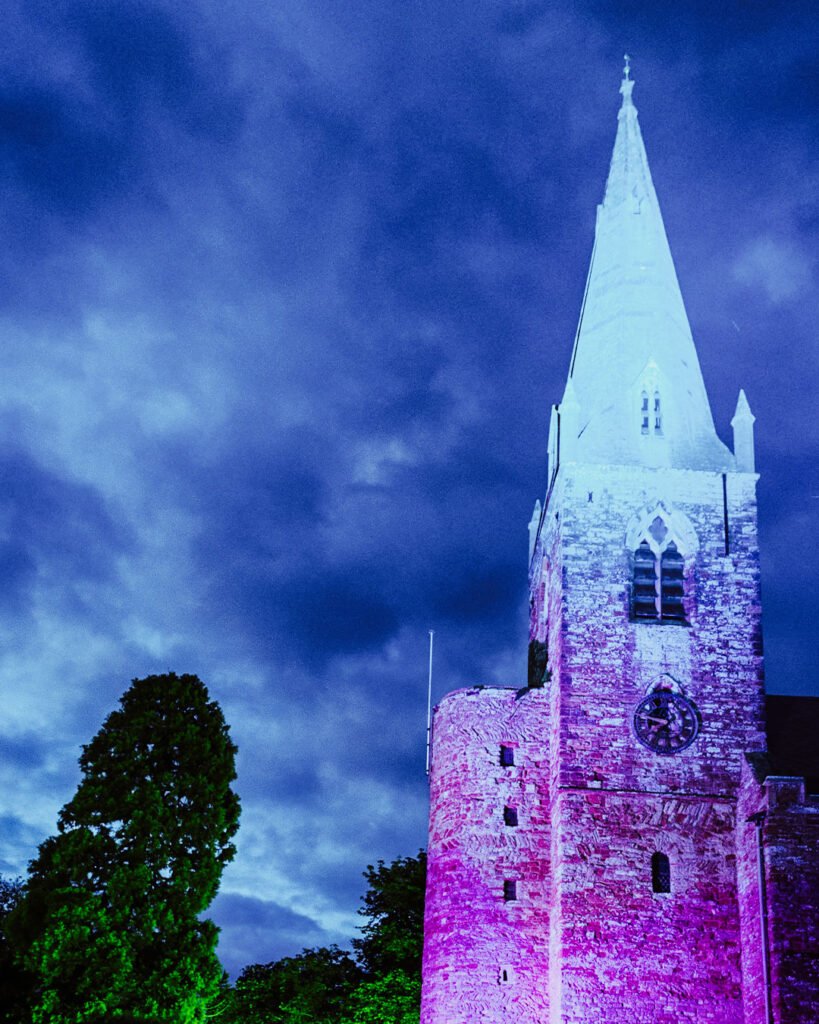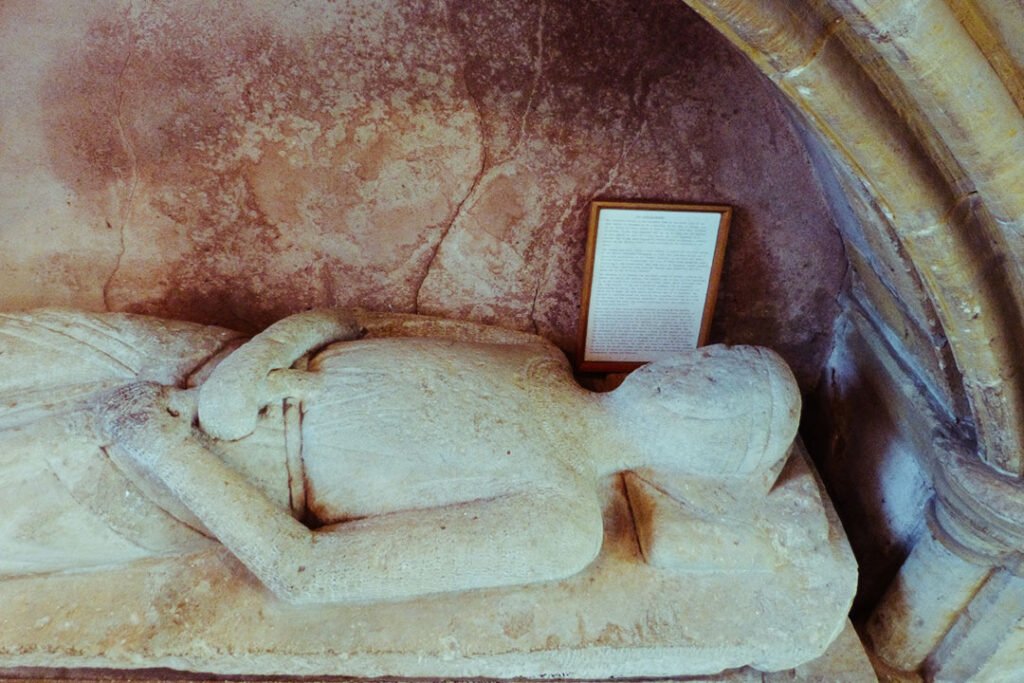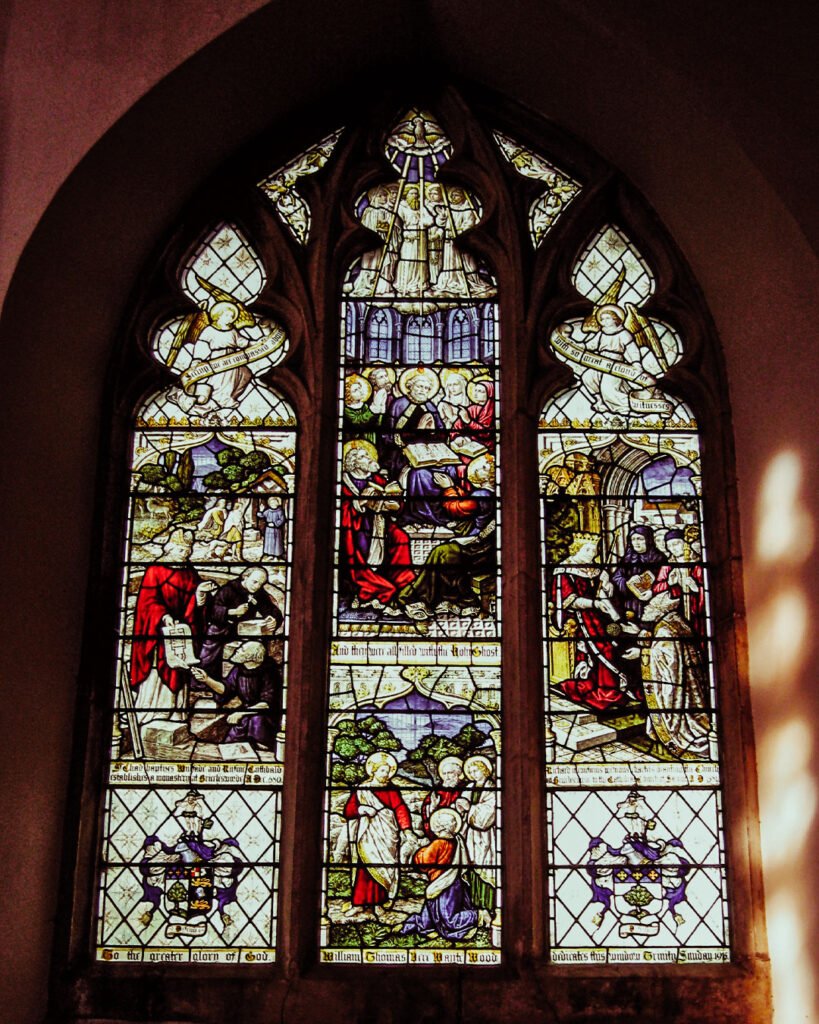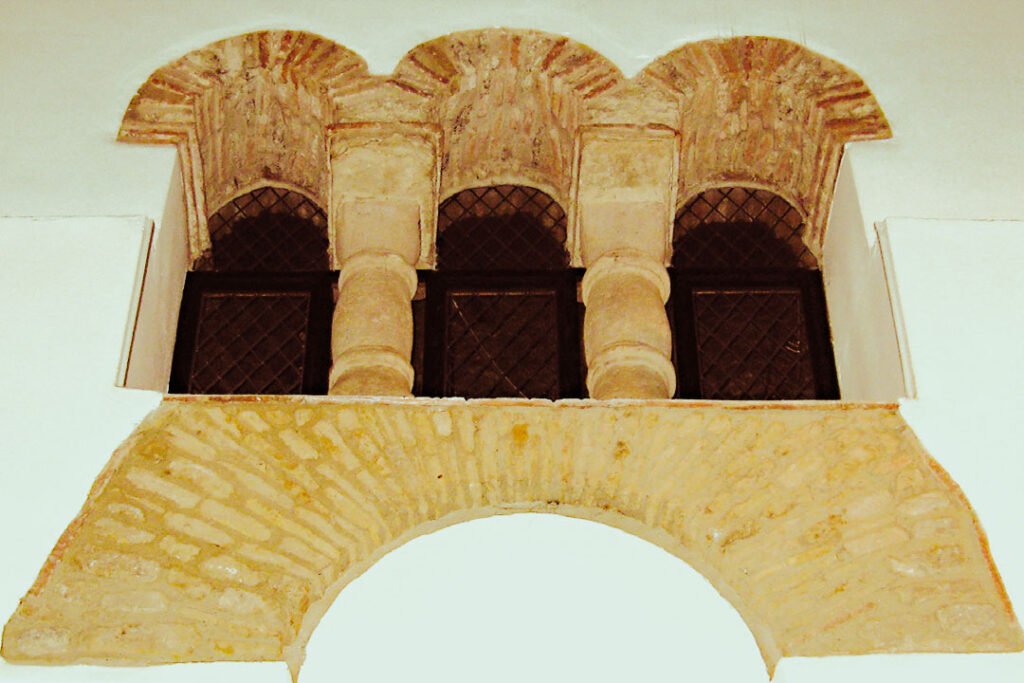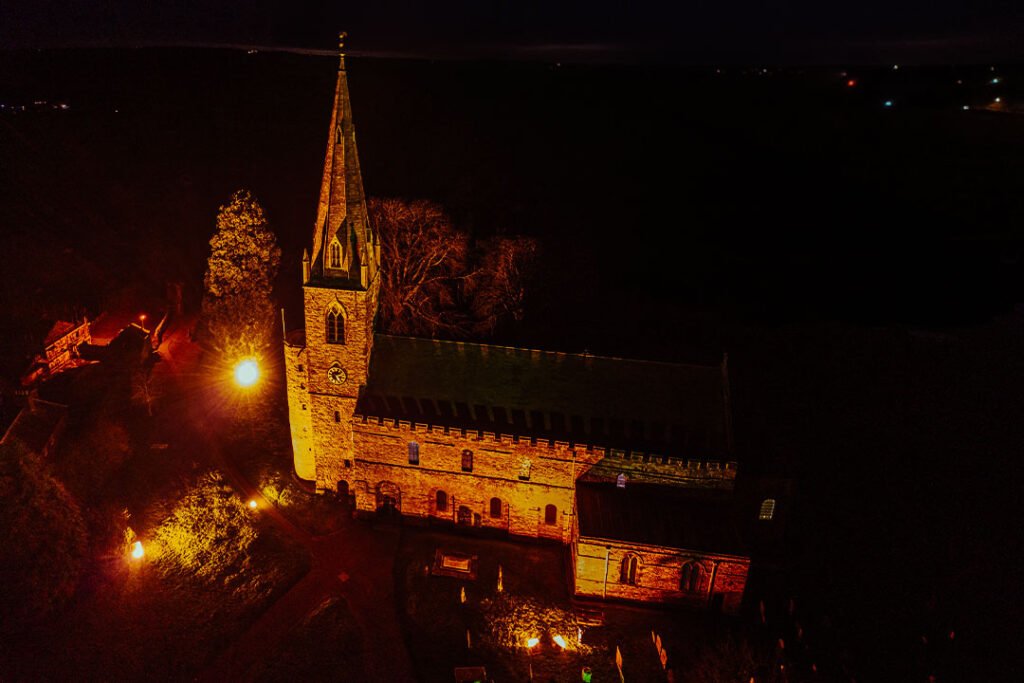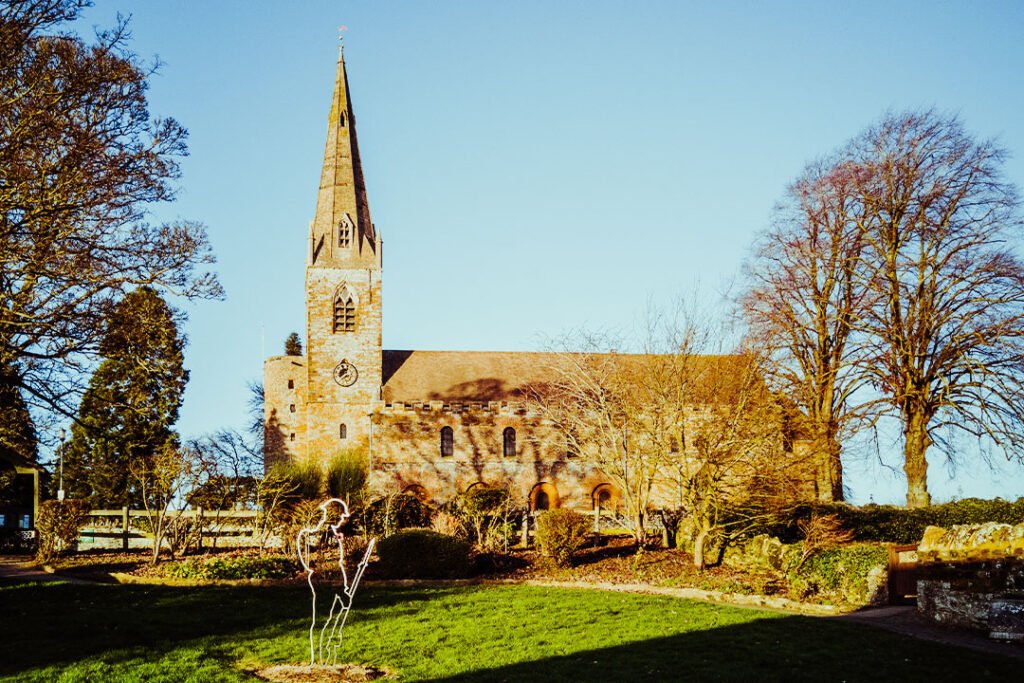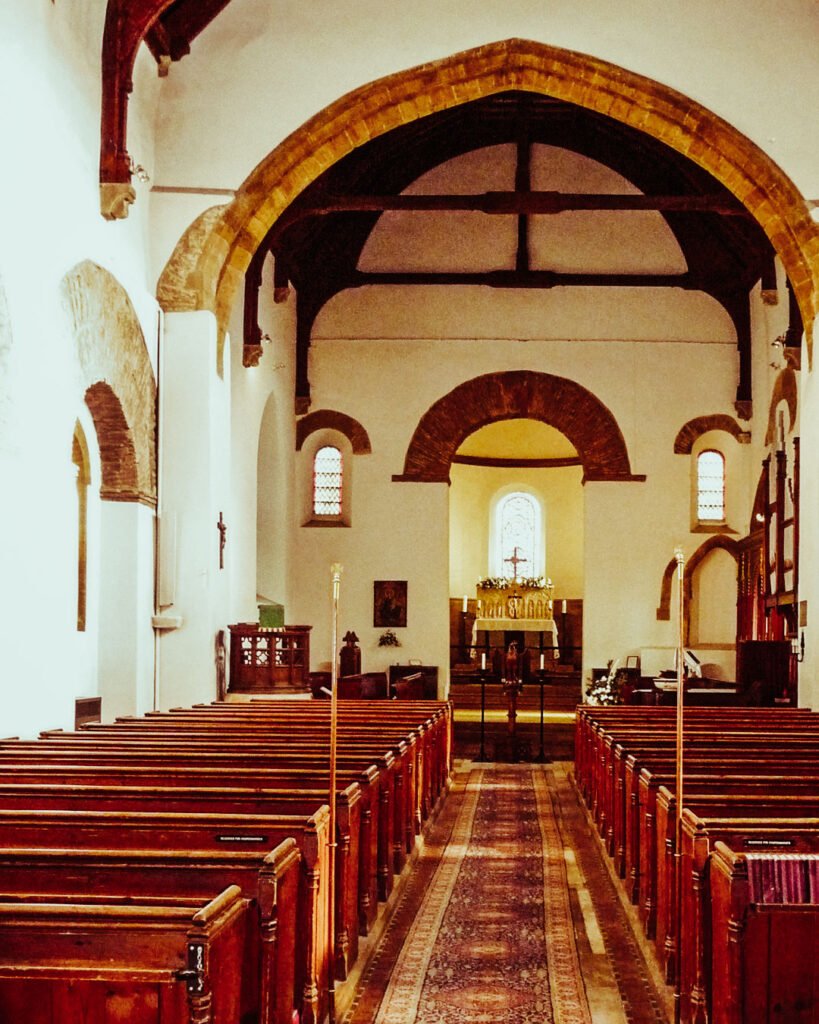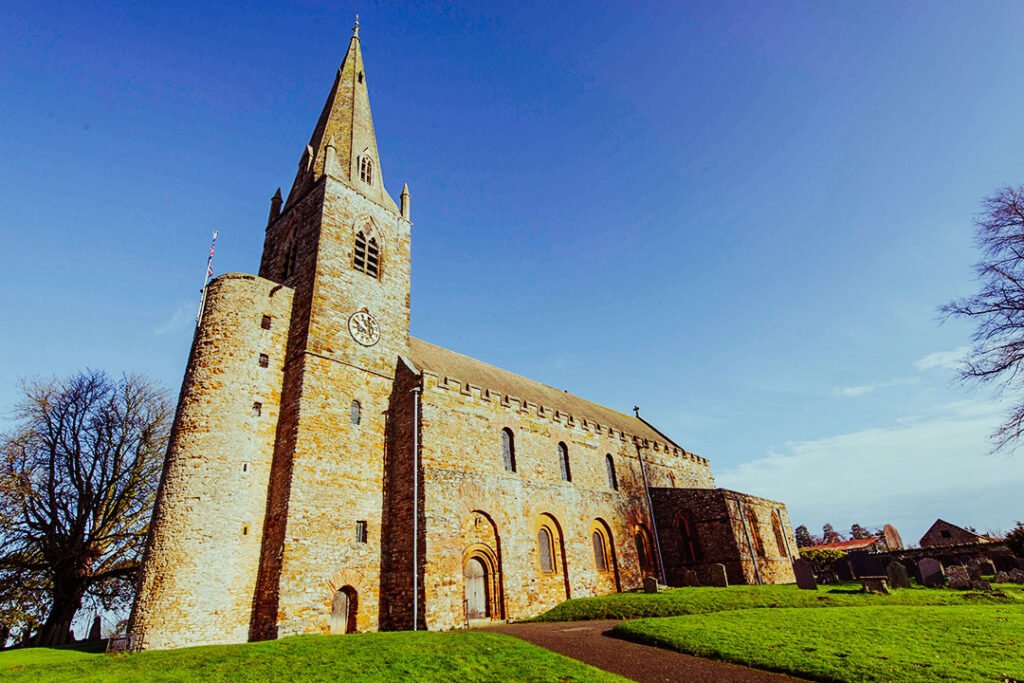Photo credit: Sean Goodhart
”This church is one of England’s most important. A simple church uncluttered by modern ‘additions’ and, mercifully, treated kindly by the Victorians.
Simon JenkinsEngland’s thousand Best churches.
ALL SAINTS’ CHURCH, BRIXWORTH
Brixworth church is a rare and magnificent survivor from the past and poses many questions. Situated atop a hill on the north edge of the village, it was built in the Dark Ages when Roman Britain was dead and the Anglo-Saxon era had not fully emerged. Brixworth’s Parish Church is the largest surviving Anglo-Saxon building in England and has been in continuous use as a centre for Christian worship for over 1300 years. However, the present-day building is somewhat smaller than the original.
It is a Grade I Listed Building being of exceptional interest both architecturally and historically. The walls are composed of rubble, stone and some Roman brick tiles and at the east end of the church the remains of a ring-crypt can be seen, while at the west end there is an external stair-turret, one of only four in England.
The church has seen many changes, been altered and partially rebuilt since Anglo-Saxon times, but much of the structure still survives. In the mid-1800s the Victorians were responsible for a great deal of the restoration work in the church, but this helped preserve and sympathetically enhance the appearance of the magnificent building you can see today.
MAKING A DONATION
‘Together we can secure the future of the Anglo-Saxon Church at Brixworth’.
The majority of our funding comes from our own endeavours through fundraising events, sales of publications, hire fees of the Heritage Centre and guided tours/visitors to the Church.
We receive no regular funding from the Government or the Church of England towards maintenance, restoration, or development work.
POINTS OF INTEREST
THE RELIC
In 1809 workmen discovered a 14th century stone reliquary box hidden in a wall of the Lady Chapel. This contained a small wooden box and a fragment of cloth wrapped around a human throat bone and a slip of parchment. It is thought this important religious treasure may have been the larynx bone of St. Boniface, a martyred early Christian missionary, born in Devon but travelled extensively in Europe to preach the Gospel. There are several early parish documents which refer to a Guild of St. Boniface and festivities around St. Boniface’s Day (5th June).
THE ANGLO-SAXON EAGLE
Set into a niche just inside the 12th century south doorway is an ancient stone, carved with an eagle’s head. This is believed to be part of the remains of an Anglo-Saxon stone cross of St. John and may have been used in the original building.
THE BELLS
There are six bells. Four date 1622 and a fifth was added during the reign of King Charles 11 in 16 83. The sixth was added to the original frame in 1993 to commemorate a successful restoration to reinforce the spire and tower.
THE MADONNA NEEDLEWORK
Displayed on the north wall on the left of the Triumphal Arch, is a modern work by Mrs Helen Campbell and was presented to the church in 1968. The design was taken from an oil painting by Stephen Lochner (c.1400-1451). The original called Madonna in a Rosebower is in the Walraff-Richartz Museum in Cologne.
OPENING TIMES
Address: All Saints’ Church, Church Street, Brixworth, Northampton, NN6 9BZ
Visitors are very welcome at Brixworth Church.
Opening times:
The church is open to visitors, mostly during daylight hours unless there is a private service or event taking place.
Summertime: 9.00am to 5.00pm
Wintertime: 10.00am to 4.00pm
You are also very welcome to join us for our normal regular services (please see allsaintsbrixworth.org for details of the service times).
